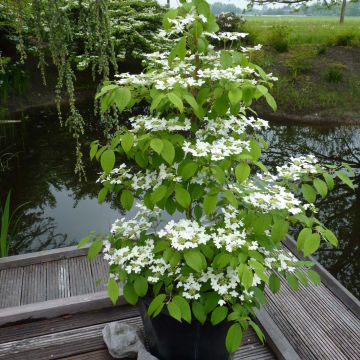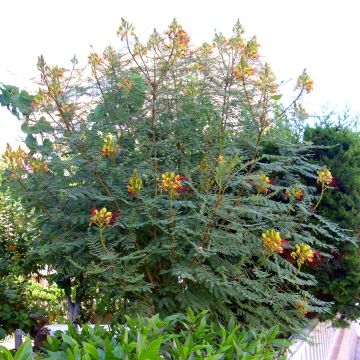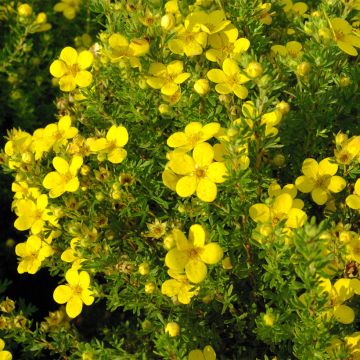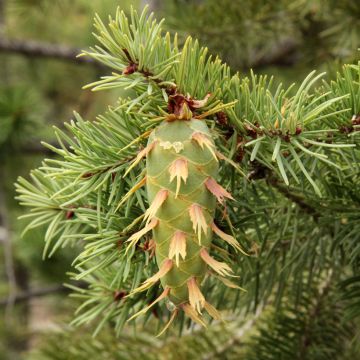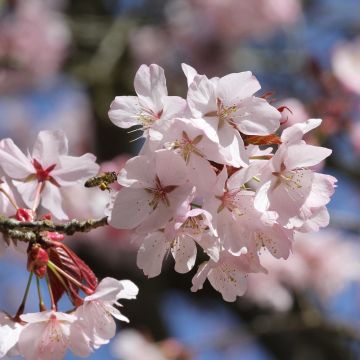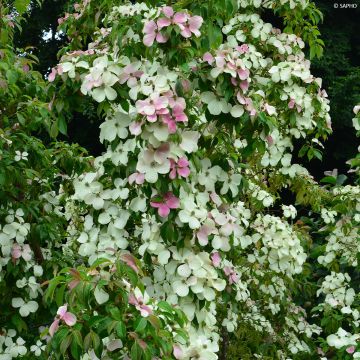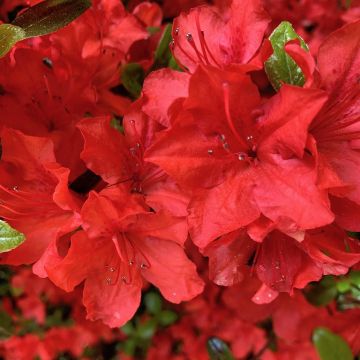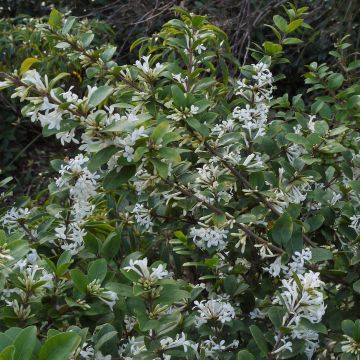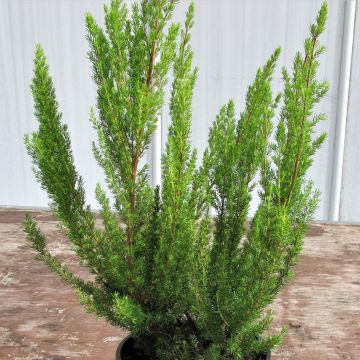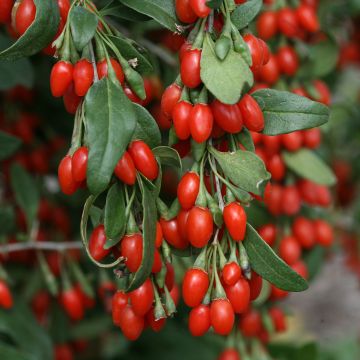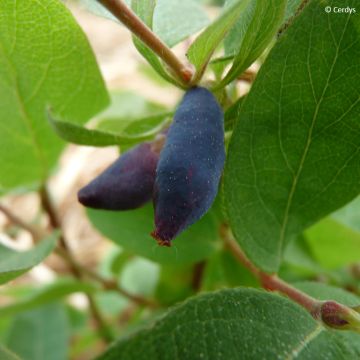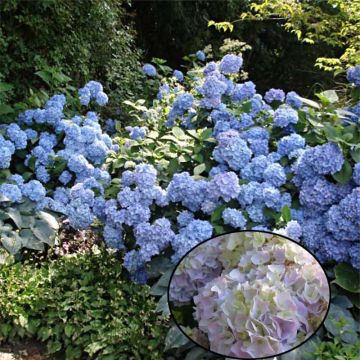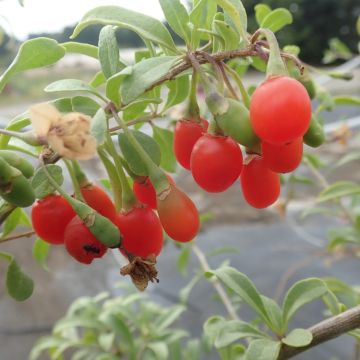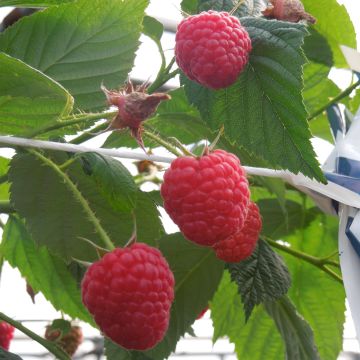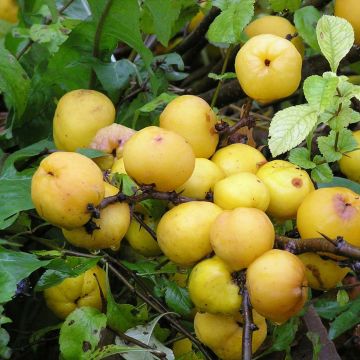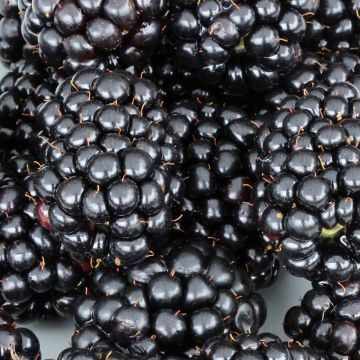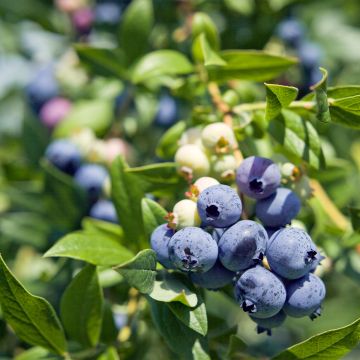País e idioma de entrega
Tu lugar de residencia parece ser:
Tu lugar de residencia es:
Para disfrutar de la mejor experiencia en nuestro sitio, puedes cambiar:
País de entrega:
Alemania
Andorra
Austria
Bulgaria
Bélgica
Canadá
Chequia
Chile
Chipre
Croacia
Dinamarca
Eslovaquia
Eslovenia
España
Estonia
Finlandia
Francia
Grecia
Hungría
Irlanda
Islandia
Italia
Letonia
Lituania
Luxemburgo
Malta
Mónaco
Países Bajos
Polonia
Portugal
Reino Unido
Rumanía
Suecia
Suiza
Sólo enviamos artículos de las categorías semillas y bulbos a tu país. Si añades otros artículos a tu cesta, no se podrán enviar.
Idioma:
Francés
Alemán
Español
Inglés
My Account
Hola
Mis listas de favoritos
Plantfit
Mi cesta
Inicio de sesión / Registro
¿Ya eres cliente?
¿Todavía no eres cliente?
Crea su cuenta para poder realizar el seguimiento de tu pedido, acceder a nuestro servicio de atención al cliente y, si lo deseas, beneficiar de nuestras próximas ofertas.
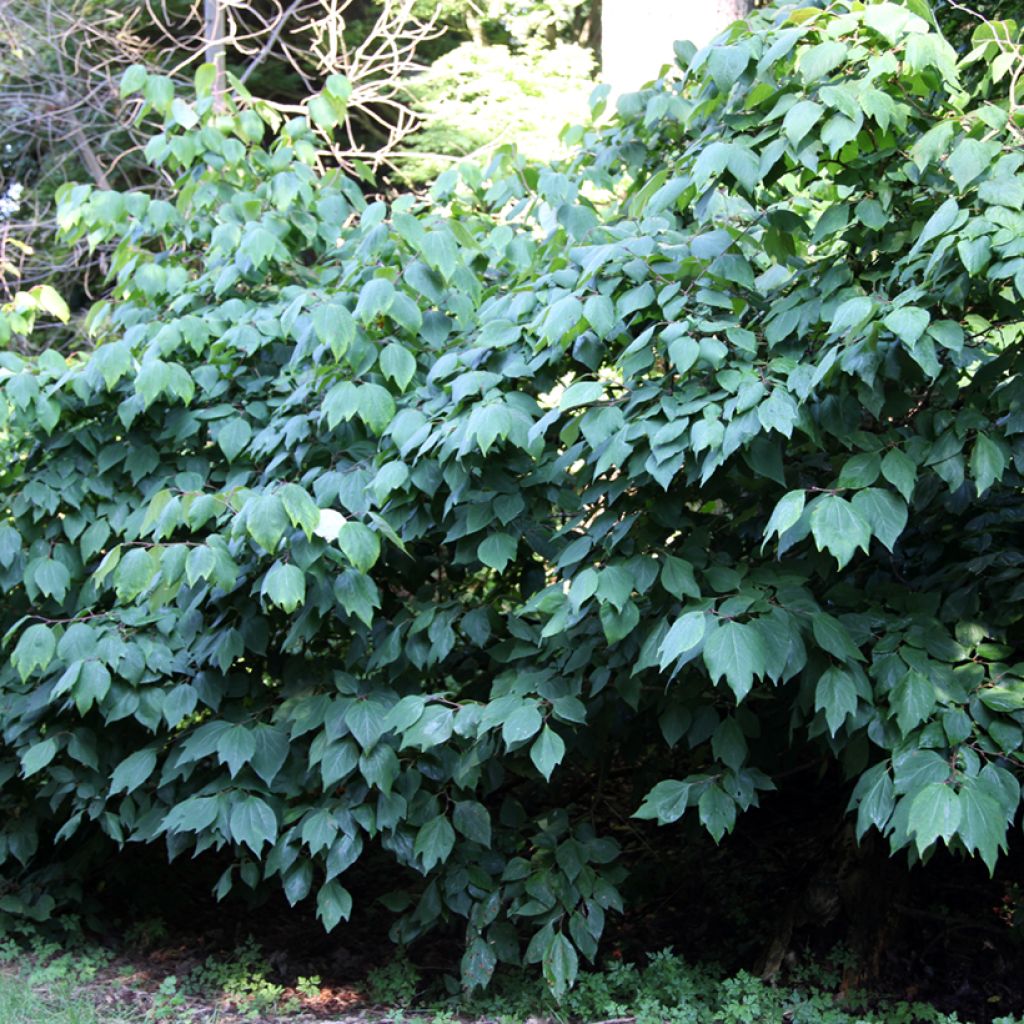

Lindera obtusiloba -
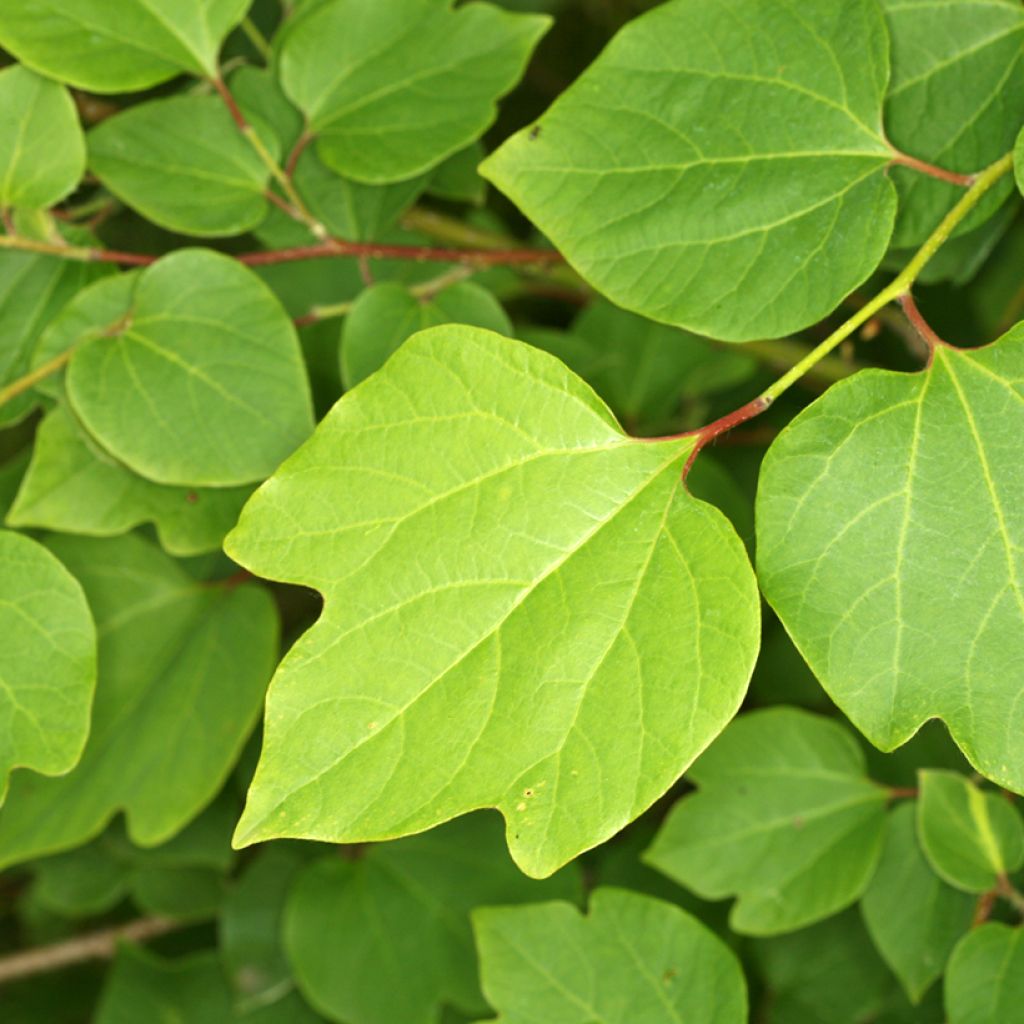

Lindera obtusiloba -
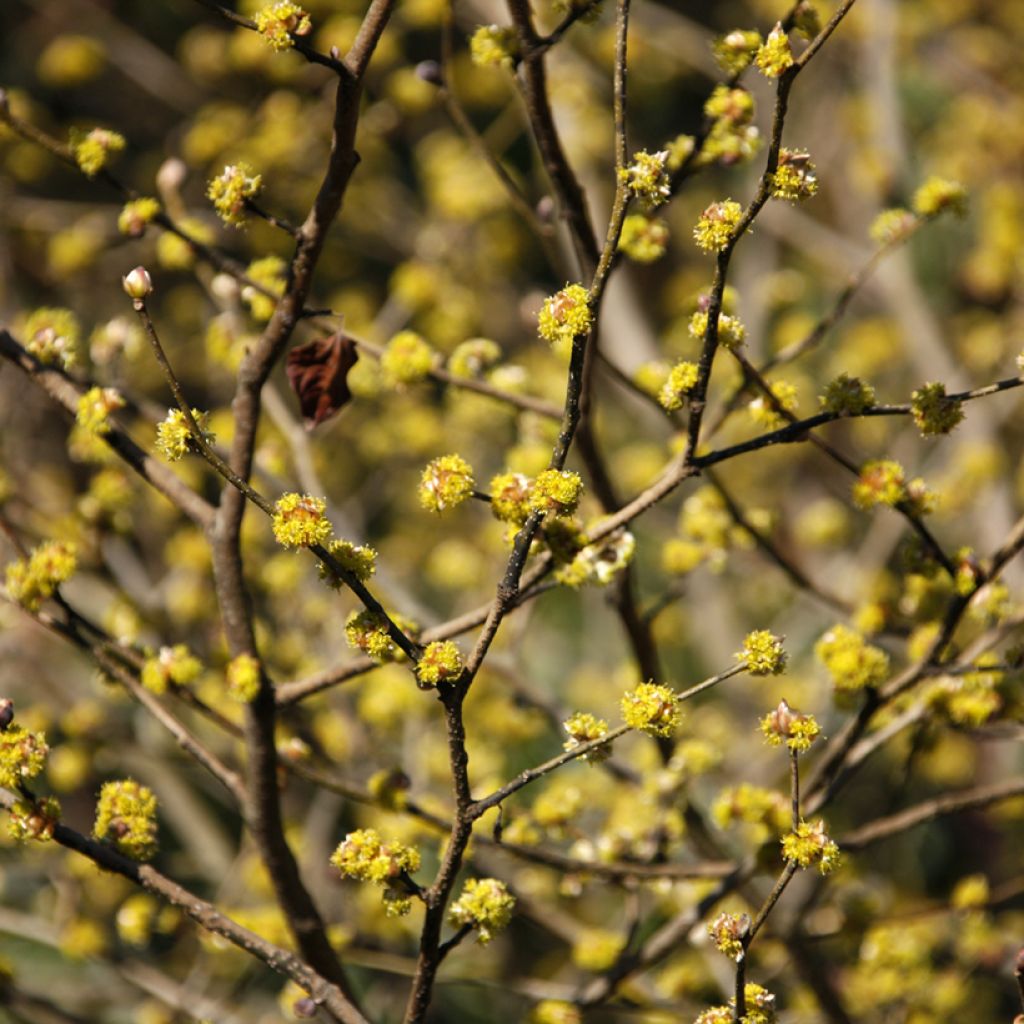

Lindera obtusiloba -
Lindera obtusiloba -
Lindera obtusiloba
Más de para que tu pedido salga hoy mismo.
Enviado por correo a partir del
Gastos de transporte a partir de 5,90 €. Artículos grandes, gastos de envío a partir de 6,90 €.
Más información
Este artículo no está disponible para tu país.
País de entrega:
Alemania
Andorra
Austria
Bulgaria
Bélgica
Canadá
Chequia
Chile
Chipre
Croacia
Dinamarca
Eslovaquia
Eslovenia
España
Estonia
Finlandia
Francia
Grecia
Hungría
Irlanda
Islandia
Italia
Letonia
Lituania
Luxemburgo
Malta
Mónaco
Países Bajos
Polonia
Portugal
Reino Unido
Rumanía
Suecia
Suiza
Programa tu fecha de entrega,
y elige tu fecha en la cesta
24 meses de garantía en el desarrollo de esta planta
Más información
Garantizamos la calidad de nuestras plantas durante un ciclo vegetativo completo, y sustituiremos a nuestro cargo cualquier planta que no se recupere en condiciones climáticas y de plantación normales.
Desde 5,90 € para entrega en un punto de recogida y 6,90 € para entrega a domicilio
Entrega a domicilio exprés en 24-48 horas: 8,90 €.
¿Esta planta es adecuada para mi jardín?
Crear mi perfil Plantfit →
Descripción
The Lindera obtusiloba is an Asian deciduous small tree or large shrub related to our bay laurel and camphor tree. It is interesting for its luxuriant foliage, aromatic when crushed, which turns to beautiful yellow shades in autumn. Its yellow flowering is discreet but early and pleasantly fragrant. Hardy, this beautiful shrub thrives only in non-calcareous, humus-rich, well-drained soils that do not dry out too much in summer. If you can provide it with these growing conditions, it will become a beautiful specimen to place either alone or at the back of a border.
The Lindera obtusiloba belongs to the Lauraceae family. It is a botanical species native to wooded and mountainous regions of Asia, particularly Korea, Japan, and China. It is a small tree or large shrub reaching 3 to 6 m in all directions, forming a rounded and spreading crown. Its growth is dense and bushy, spreading with age. The leaves of Lindera obtusiloba are arranged alternately on the branches, measuring between 5 to 15 cm in length. When they emerge, they are tinted with dark violet. They are broad leaves, often divided into 3 lobes pointed at their tips, with slightly toothed or entire edges. The upper side of the leaf is a deep, smooth green, while the underside is lighter and may have a slightly velvety texture. The intensity of autumn colours depends on the climate and soil. Most often, the leaves display a beautiful range of yellow tones. In particularly favourable conditions, they will also take on orange or even scarlet red hues. Flowering occurs between February and March, before the leaves appear. The small flowers are bright yellow, grouped in simple or compound umbels. As Lindera obtusiloba is a monoecious species, each plant bears distinct male and female flowers. Male flowers contain several prominent stamens, while female flowers are centred around a small ovary. Each flower, 1 to 2 cm in diameter, consists of 3 small open yellow petals on the reproductive organs. These fragrant flowers attract pollinators. After pollination, the female flowers give rise to small black drupes that ripen in late summer or early autumn. These fruits, though small, are an important food source for local wildlife, especially birds. Fruiting is enhanced if two different individuals are present in the garden.
The Lindera obtusiloba finds its place in the garden of an enthusiast of rare Asian shrubs, in favourable climate and soil conditions. It is an ornamental species useful for the small garden fauna. It is used in a large shrub bed or within a large free hedge. It will herald the return of spring and join the autumn celebration with deciduous spindles, certain viburnums (Viburnum odoratissimum, Viburnum sargentii Onondaga'), small maples (Acer ginnala Bailey Compact ®, Acer AMPLE SURPRISE), rowans (Sorbus randaiensis) ...
Properties: Lindera obtusiloba is known in traditional Asian medicine, particularly in China, Korea, and Japan, for its medicinal properties.
Lindera obtusiloba - en imágenes...


Porte
Floración
Follaje
Botánica
Lindera
obtusiloba
Lauraceae
Lindera cercidifolia, Lindera obtusiloba f. velutina, Lindera obtusiloba f. ovata, Benzoin obtusilobum
Sureste asiático
Otras Arbustos de la A a la Z
Plantación y cuidados
Plant Lindera obtusiloba in a semi-shaded position, sheltered from the burning rays of the sun. This shrub requires a non-calcareous soil, rich in humus, well-worked, and staying cool in summer. When planting, mix the garden soil (non-calcareous) with compost enriched with fertiliser. Water generously to help the plant establish. Monitor watering during the first two or three years and in case of dry summers. Like many aromatic plants, this small tree is not very susceptible to diseases and pests. Hardy, it withstands temperatures below -15°C.
¿Cuándo plantar?
¿En qué lugar?
Cuidado
Este artículo todavía no ha recibido comentarios; sé el primero en compartir tu experiencia.
Arbustos para setos
¿No has encontrado lo que buscas?
La rusticidad es la temperatura invernal más baja que una planta puede soportar sin sufrir daños graves o incluso la muerte. Sin embargo, la rusticidad se ve afectada por la ubicación (zona protegida, como un patio), la protección (cubierta de invierno) y el tipo de suelo (la rusticidad mejora con un suelo bien drenado).

Condiciones generales de uso del servicio de fotos del cliente
Con el fin de favorecer la interacción y el intercambio de experiencias entre jardineros, Promesse de fleurs ofrece varios servicios que permiten cargar contenidos en su Sitio web, en particular a través del módulo "Compartir fotos".
El usuario se compromete a no:
- Publicar contenidos ilegales, perjudiciales, insultantes, racistas, que inciten al odio, revisionistas, contrarios a las buenas costumbres, que atenten contra la vida privada o vulneren los derechos privados de terceros, en particular el derecho a la imagen de las personas y de los bienes, los derechos de propiedad intelectual o el derecho a la vida privada
- Publicar contenidos en nombre de un tercero
-
Asumir la identidad de un tercero y/o publicar cualquier información personal sobre un tercero
En general, los Usuarios se comprometen a abstenerse de cualquier comportamiento poco ético.
Todos los Contenidos, en particular, textos, comentarios, archivos, imágenes, fotos, vídeos, obras, etc., que pueden ser objeto de derechos de propiedad, derechos de propiedad intelectual, derechos de imagen u otros derechos privados, siguen siendo propiedad del Usuario, a reserva de los derechos limitados concedidos por la licencia definida a continuación a Promesse de fleurs. El Usuario es libre de publicar o no dicho Contenido en el Sitio web, especialmente a través del servicio "Compartir fotos", y acepta que este Contenido se haga público y libremente accesible, especialmente en Internet.
Reconocen, se comprometen y garantizan que disponen de todos los derechos y autorizaciones necesarios para dicha publicación en el Sitio, en particular en lo que respecta a la legislación vigente y a los derechos de privacidad, propiedad, propiedad intelectual, imagen, contratos o de cualquier otra naturaleza. Al publicar dicho Contenido en el Sitio, el Usuario es consciente de que compromete su responsabilidad como editor del Contenido en el sentido de la ley, y concede a Promesse de fleurs una licencia no exclusiva, gratuita y mundial para dicho Contenido, durante toda la duración de su publicación, incluidos los derechos de reproducción, representación, carga, visualización, ejecución, transmisión y almacenamiento.
Los usuarios también autorizan a que su nombre se asocie al Contenido y aceptan que esta asociación no siempre pueda realizarse.
Mediante su publicación, los usuarios autorizan que los Contenidos sean automáticamente accesibles en Internet, en particular en otros sitios y/o blogs y/o páginas web del sitio Promesse de fleurs, incluidas en particular las páginas de las redes sociales y el catálogo de Promesse de fleurs.
Los usuarios pueden obtener libremente la devolución de los contenidos confiados poniéndose en contacto con el servicio de atención al cliente a través del formulario de contacto.
Los periodos de siembra indicados en nuestro sitio web se aplican a los países y regiones de la zona 8 del USDA (Francia, Reino Unido, Irlanda, Países Bajos).
En zonas más frías (Escandinavia, Polonia, Austria...), retrase 3-4 semanas cualquier siembra al aire libre, o siembre en invernadero.
En climas más cálidos (Italia, España, Grecia, etc.), adelante unas semanas la siembra al aire libre.
El periodo de recolección indicado en nuestro sitio web se aplica a los países y regiones de la zona USDA 8 (Francia, Inglaterra, Irlanda, Países Bajos).
En las zonas más frías (Escandinavia, Polonia, Austria...) es probable que la cosecha de frutas y hortalizas se retrase 3-4 semanas.
En las zonas más cálidas (Italia, España, Grecia...), es probable que la cosecha se adelante, dependiendo de las condiciones meteorológicas.
El periodo de plantación indicado en nuestro sitio web se aplica a los países y regiones situados en la zona USDA 8 (Francia, Reino Unido, Irlanda, Países Bajos).
Variará en función de su lugar de residencia:
- En las zonas mediterráneas (Marsella, Madrid, Milán, etc.), el otoño y el invierno son los mejores periodos de plantación.
- En las zonas continentales (Estrasburgo, Múnich, Viena, etc.), retrase la plantación de 2 a 3 semanas en primavera y adelántela de 2 a 4 semanas en otoño.
- En las regiones montañosas (Alpes, Pirineos, Cárpatos, etc.), es mejor plantar a finales de primavera (mayo-junio) o a finales de verano (agosto-septiembre).
En climas templados, la poda de los arbustos de floración primaveral: forsitia, spireas, etc. debe realizarse justo después de la floración.
La poda de los arbustos de floración estival: árbol de Júpiter, perovskia, etc. puede realizarse en invierno o en primavera.
En las regiones frías y con plantas sensibles a las heladas, evite podar demasiado pronto, cuando aún pueden producirse heladas severas.
El periodo de floración indicado en nuestra página web se aplica a los países y regiones situados en la zona USDA 8 (Francia, Reino Unido, Irlanda, Países Bajos, etc.).
Variará en función de su lugar de residencia:
- En las zonas 9 a 10 (Italia, España, Grecia, etc.), la floración se producirá entre 2 y 4 semanas antes.
- En las zonas 6 a 7 (Alemania, Polonia, Eslovenia y regiones montañosas bajas), la floración se retrasará de 2 a 3 semanas.
- En la zona 5 (Europa Central, Escandinavia), la floración se retrasará de 3 a 5 semanas.
